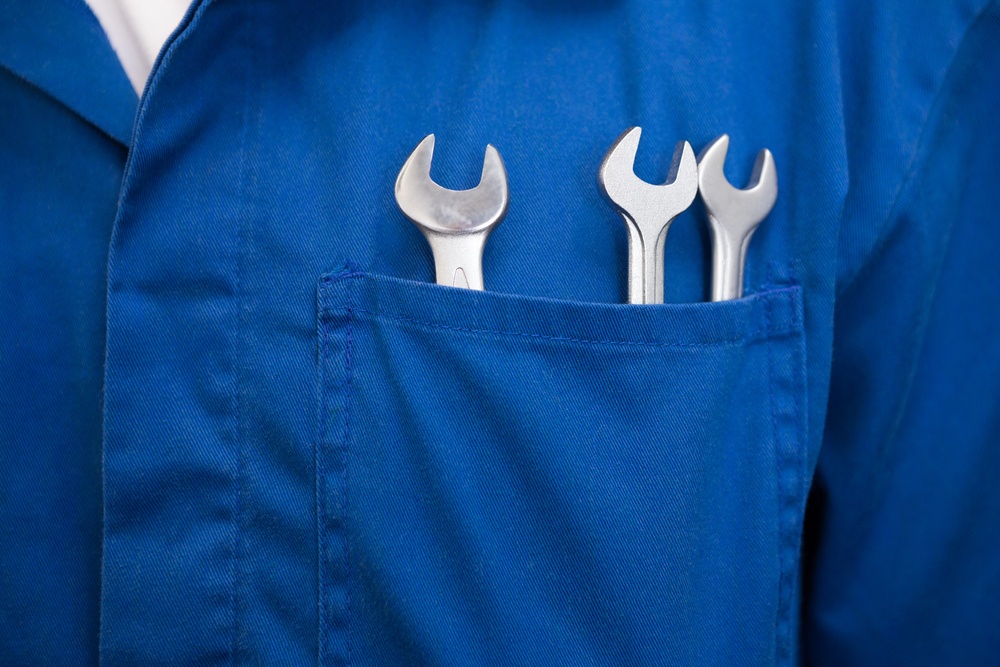
Your fleet of commercial vans is vital to ensuring that goods get where they need to go with minimal hiccups or (literal) roadblocks, hence why maintaining your fleet is key. These vehicles are constantly exposed to long hours and the stress of the road, which means developing a preventative maintenance plan is key to keeping them in good working order.
Not only that, but a good plan may help lower the costs that are often associated with operation and fuel, while continuing to boost worker productivity. And, of course, ensuring that every piece and part of a vehicle works properly helps reduce liability and keeps your drivers and others on the road safe.
There are two types of vehicle maintenance that you’ll probably come across when regularly dealing with a commercial fleet: proactive (scheduled and preventative maintenance) and reactive (unexpected breakdowns and repairs). While both are pretty much inevitable at some point or another, you can reduce the amount of reactive maintenance required when you implement a good proactive maintenance plan following these tips. Proper maintenance of commercial vehicles is one of the smartest things you can do to keep employees safe and maximize every single dollar spent on transport.
- Perform an Evaluation — The first step to developing a reliable fleet maintenance plan is to assess the status of your current fleet. Develop a checklist and report for monitoring various factors on each vehicle. Make note of leaks, tire tread, fuel levels, mileage, and other important aspects through a top-to-bottom inspection. After you’ve implemented your maintenance plan, you’ll be able to update these reports periodically and compare them to evaluate how much maintenance and overhead should go into maintaining your commercial vehicles annually, monthly, or quarterly.
- Make a Schedule (And Stick to It) — A solid preventative maintenance plan starts with a good schedule. Every month, be sure to perform duties, such as topping off the engine oil and filters and checking vital components like the cooling system, engine and transmission mounts, fuel system, exhaust system, undercarriage, frame, and lights. A monthly tune-up can go a long way in preventing unnecessary breakdowns that lead to downtime and disruptions in service. At the end of the day, your main goal is to make sure that the majority of fleet maintenance is scheduled rather than unscheduled.
- Lighten Up Your Load — Another good thing you can do to ensure that you’re not putting undue stress on your fleet is to make sure that you’re paying close attention to weight limits, not just so that you’re following the law, but also to increase efficiency. A lighter load can help prevent extra strain on a vehicle while simultaneously improving fuel efficiency. But you don’t necessarily have to limit the amount of goods you’re transporting to reduce weight, you might consider investing in lighter weight products, especially those that are more durable than wood or metal.
If you need extra help to schedule the maintenance of your fleet, make sure you let us know: we have what you need! SynX Maintain is the complete maintenance system integrated by a driver app created to speed up the walkaround checks process and make it paperless. You can start a free trial of Maintain by filling out our form at our Trial Page or contact us.



